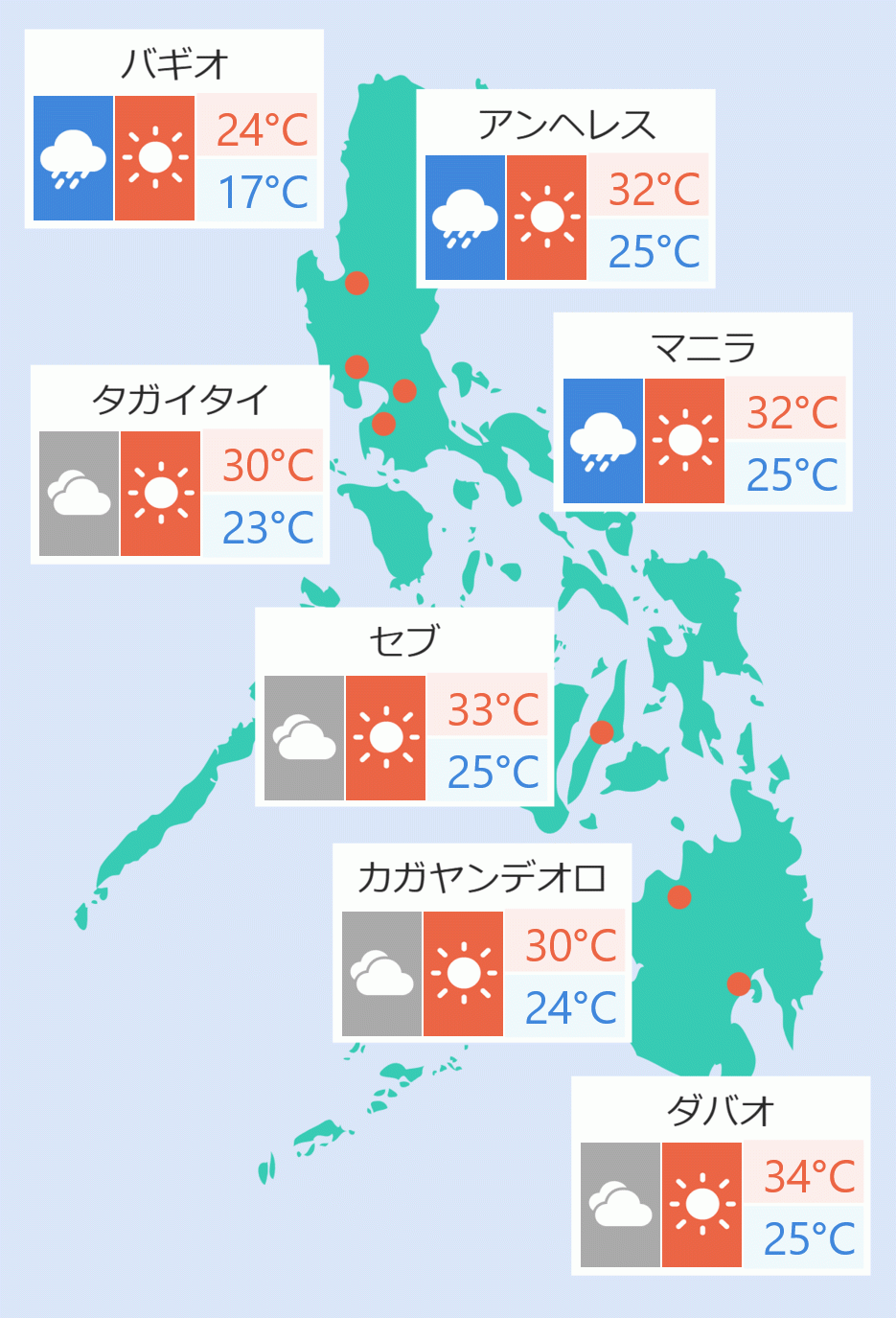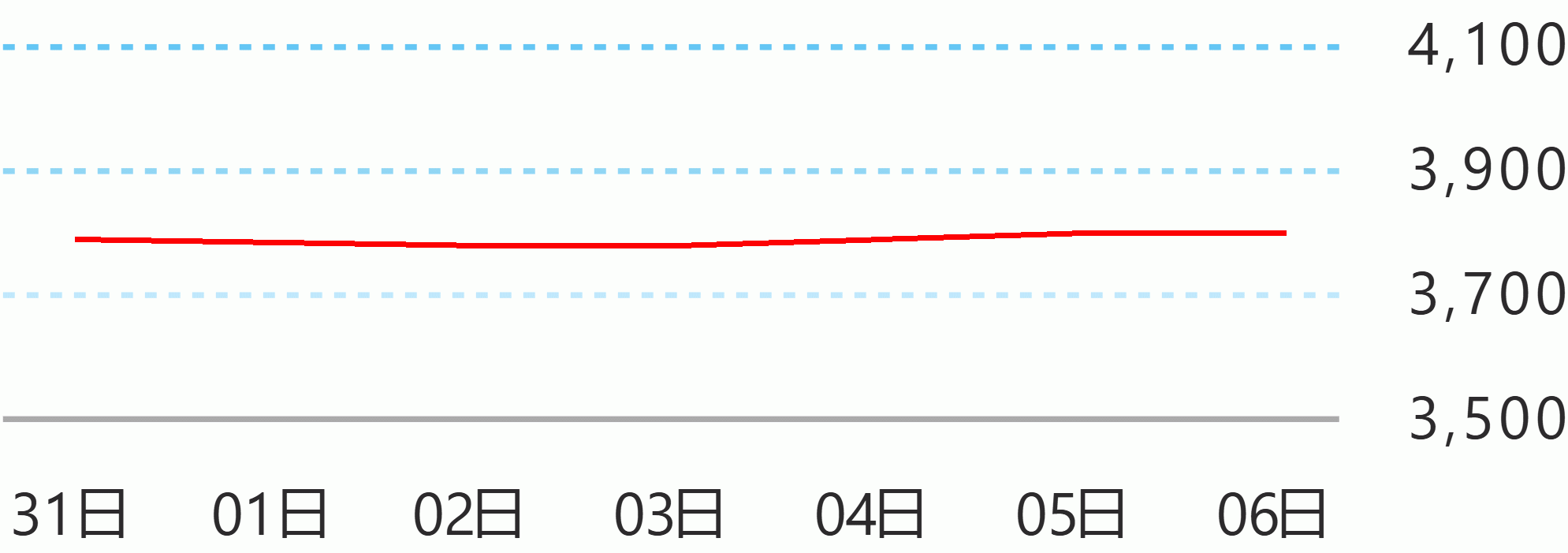February inflation rate slightly eased to 8.6 percent from the 8.7 percent recorded in January, mainly due to the lower contribution of transportation to overall inflation as a result of a decrease in petroleum prices.
This is within the Bangko Sentral ng Pilipinas (BSP)’s February inflation forecast of 8.5 to 9.3 percent.
"I emphasize that in order to tackle inflation, [we must undertake an] all-of-government approach,” said Finance Secretary Benjamin Diokno as he shared the Department of Finance (DOF)’s comprehensive report on measures to mitigate inflation during the Presidential Communications Office (PCO) Press Briefing on Tuesday.
Seasonally adjusted month-on-month (MoM) inflation decreased to 0.3 percent in February, from January’s rate of 1 percent.
Core inflation, which excludes selected volatile food and energy items, climbed to 7.8 percent from 7.4 percent in January and 1.9 percent in the same period in 2022, depicting underlying demand-side price pressures.
Food and electricity, gas, and other fuels remain the highest contributors to inflation, contributing 3.86 percentage points (ppt) and 1.04 ppt, respectively.
Vegetables (0.92 ppt), fish (0.56 ppt), meat (0.42 ppt), and sugar (0.39 ppt) were the main contributors to high food inflation, while utilities (1.04 ppts), food and beverage serving services (0.69 ppt), and actual rentals for housing (0.66 ppt) were the top contributors to non-food inflation.
All regions exceeded the target inflation in February, with Region VI (Western Visayas) exhibiting the highest inflation rate of 10.8 percent, followed by Region XI (Davao Region) and Region IX (Zamboanga Peninsula) both at 9.9 percent.
Inflation in Metro Manila also slightly increased from 8.6 percent in January to 8.7 percent in February this year.
Inflation for the bottom 30 percent of households, which has been rebased to 2018, remained unchanged at 9.7 percent.
Food and non-alcoholic beverages remains the highest driver of inflation in the group, as it rose by 10.3 percent equivalent to 58.6 percent share to the group’s overall inflation rate.
Housing, water, electricity, gas, and other fuels also inched up to 12.2 percent, which is 19.6 percent share of the group’s inflation rate.
Diokno emphasized that an aggressive and focused campaign to address food supply and higher utility rates is necessary to tame high inflation.
The government will intensify the implementation of programs that will help boost production and enhance agricultural productivity, reduce restrictions and ensure the timely importation of commodities with supply deficits, and strengthen ground monitoring and assessment.
“Ang pressure ngayon is on the fiscal side. Kailangan nating tutukan ang presyo ng mga commodity. We told the President what are the short term measures and long term measures. [P]inagusapan namin yung from production, then kung kailangan mag-import, because there is a deficit, post-harvest, warehousing, and then distribution and transport of goods,” said Diokno.
(The pressure now is on the fiscal side. We need to focus on commodity prices. We told the President what are the short term measures and long term measures. We talked about production, importation of goods with supply deficits, post-harvest, warehousing, and then distribution and transport of goods.)
The economic team recommended the creation of an Inter-agency Committee on Inflation and Market Outlook (IAC-IMO) that will serve as an advisory body on measures to mitigate inflation and ensure food and energy security while balancing the interests of producers, consumers, and the economy.
To address energy security, the Department of Energy (DOE) is actively pursuing measures to ensure affordable and reliable energy supply through the timely completion of major transmission projects and energy conservation promotion efforts for households.
Another round of P1,000 cash aid is also being prepared for some 9.3 million poor households under the extended Targeted Cash Transfer (TCT) program.
“We will continue to work with Congress to legislate priority bills for the agriculture sector. These bills include the New Agrarian Emancipation Act, the National Land Use Act, Livestock Development and Competitiveness Bill, and the Amendments to the Philippine Crop Insurance Charter,” Diokno added. DOF Communications Office





 English
English









